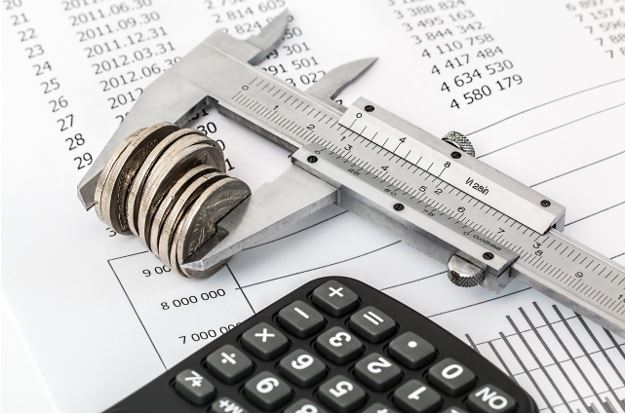
Are you struggling with debt? If so, you’re not alone! In this post, we’ll discuss how to prioritize your payments and get yourself back on track. Keep in mind that everyone’s situation is different, so you may need to tweak these tips to fit your specific needs. But overall, following these guidelines should help you get started on the path to becoming debt-free. So, let’s get started!
-
Create a list of all debts
The first step is to make a list of all your debts, including the lender, interest rate, and minimum monthly payment. This will help you see exactly where you stand and what needs to be paid off first. This list should include all debts – credit cards, student loans, personal loans, etc.
-
Focus on high-interest rate debts first
Paying off high-interest debt should be your top priority, as it will save you money in the long run. This means paying extra principal on your highest interest debt while continuing to make the minimum payments across all other debts. If you have private student loans with high interest rates, you may want to consider student loan refinancing. This can help you consolidate your debt into one monthly payment, and you could qualify for a lower interest rate with better loan terms. It’s a great way to save money and speed up the process of paying off your debt.
Once you’ve paid off your highest-interest debt, you can move on to tackling your other debts. Start with the one with the next highest interest rate and continue down the list until all your debts are eliminated.
-
Try a debt snowball plan
If you have a lot of debt and aren’t sure where to start, consider the debt snowball plan. This method involves paying off your debts one by one, starting with the smallest balance first while continuing to make minimum payments across all other debts.
As you pay off each debt, you’ll feel motivated to keep going and will see your progress snowballing until all your debts are gone. Plus, this method is less overwhelming than trying to tackle everything at once.
-
Consider making extra payments on your debt
Making extra payments on your debt is always a good idea, but it’s especially important when you’re trying to get out of debt quickly. If you have extra money each month, put it towards your debt payments. If you can feasibly tap into your savings account in order to make larger debt payments without placing other payments at risk, you can do so, but this should only be as a last resort.
The best way to get out of debt will depend on your unique circumstances, but the four guidelines above can help you get started. And remember – stay motivated by keeping track of your progress and be sure to celebrate milestones along the way!
You may be interested in: Top 3 Challenges To Starting Your Business

